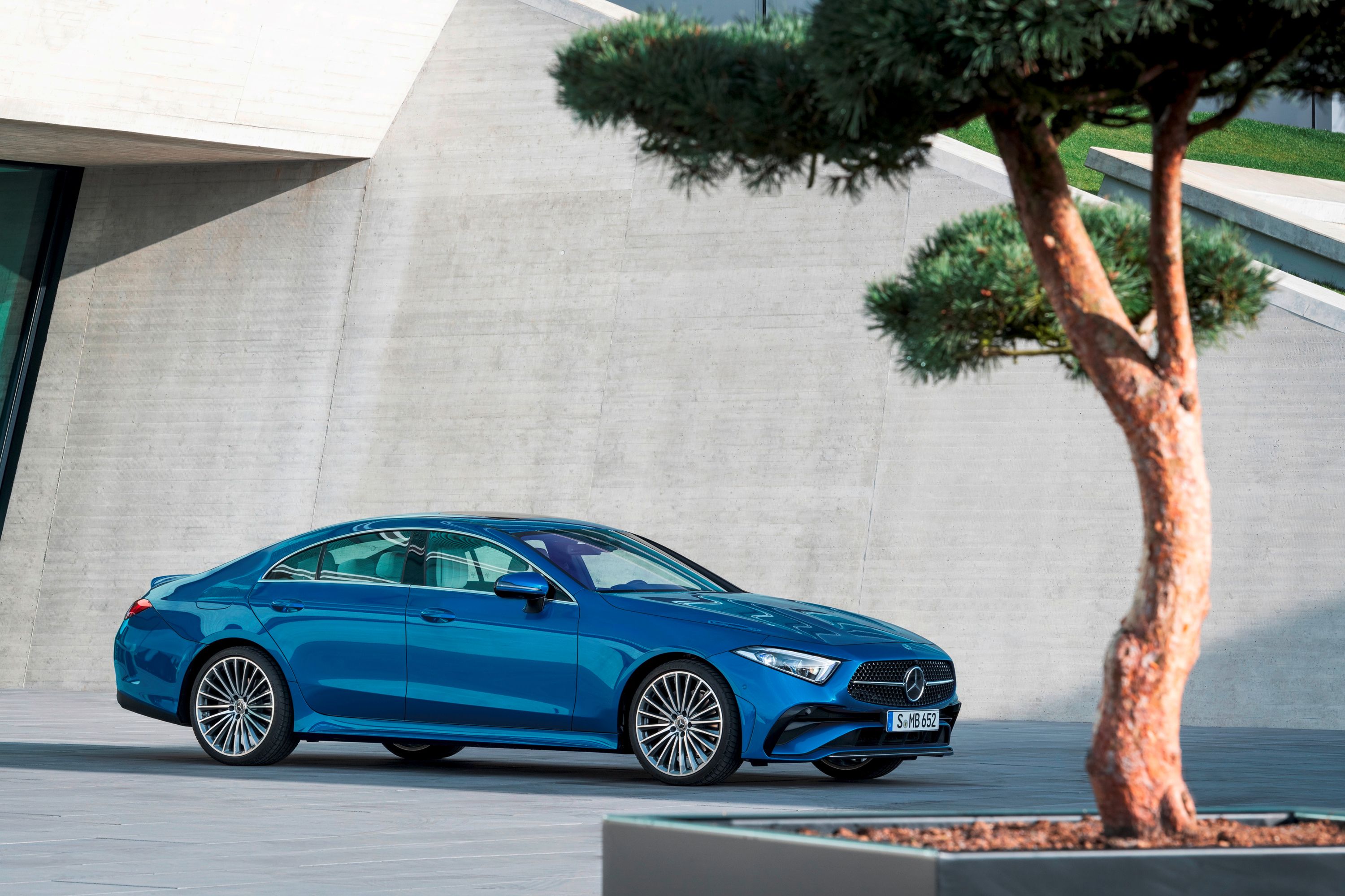
One of the most crucial components of the American Dream is putting a shiny new car in the driveway. After all, having the space to separate houses enough for a white picket fence to fit between is only possible in the suburbs, and for that lifestyle to be practical, every household needs at least one car for the commute. Problematically, the American Dream has morphed into a completely different thing from what it used to be due to circumstance. Those circumstances, as Fortune reports, are making it impossible for Americans to afford new cars.
Take a stroll down any dealership lot and it's plain to see that cars are huge investments that are quickly becoming more expensive. As consumers opt for larger and more luxurious vehicles filled to the brim with comfort, convenience, and technology packages, the average transaction price of a new car has hit a record high and is rising at a rate of 2% year over year. The average price has now ballooned to $35,368 including taxes, begging the question, how can the average American afford a new car? The answer is that they don't. The 20/4/10 rule, suggested as a guideline when buying a new car to avoid a purchase that puts the customer in a bad financial situation, is evidence of that.
It states that a consumer should never put down more than 20% of their income as a down payment, take out a loan for no more than four years, and use 10% of their income on interest and insurance payments. Apply this rule to the average income for someone in Miami and you find that a new car should cost no more than $13,577 in the area. The situation in other cities doesn't look too pretty either. Essentially, the data shows that Americans are spending too much on new cars (or that new cars are too expensive) relative to their earnings. To make up the difference, many turn to risky loans, the worst being subprime auto loans. If you fall in the category of those who can't afford a brand new car, go used. Believe us, there's plenty of fun to be had there.

